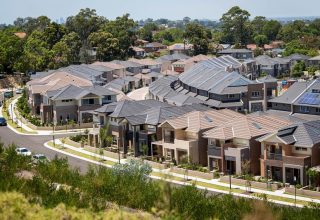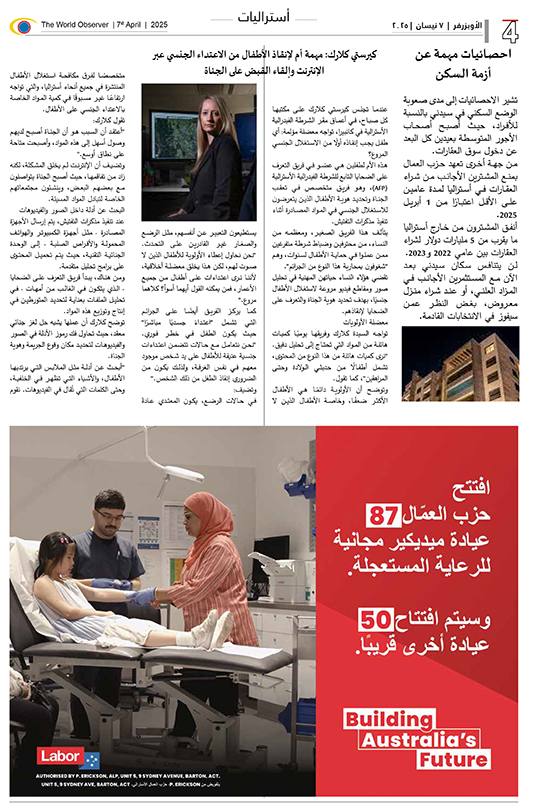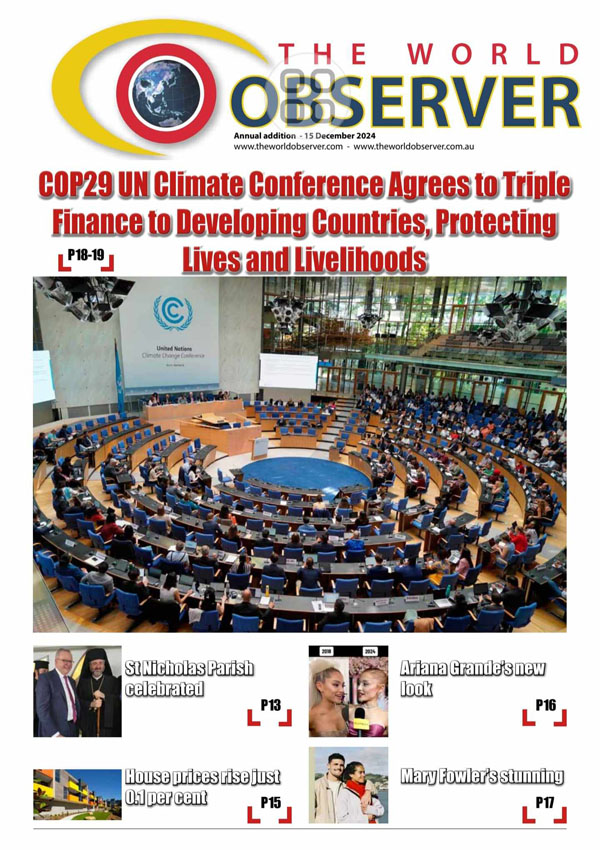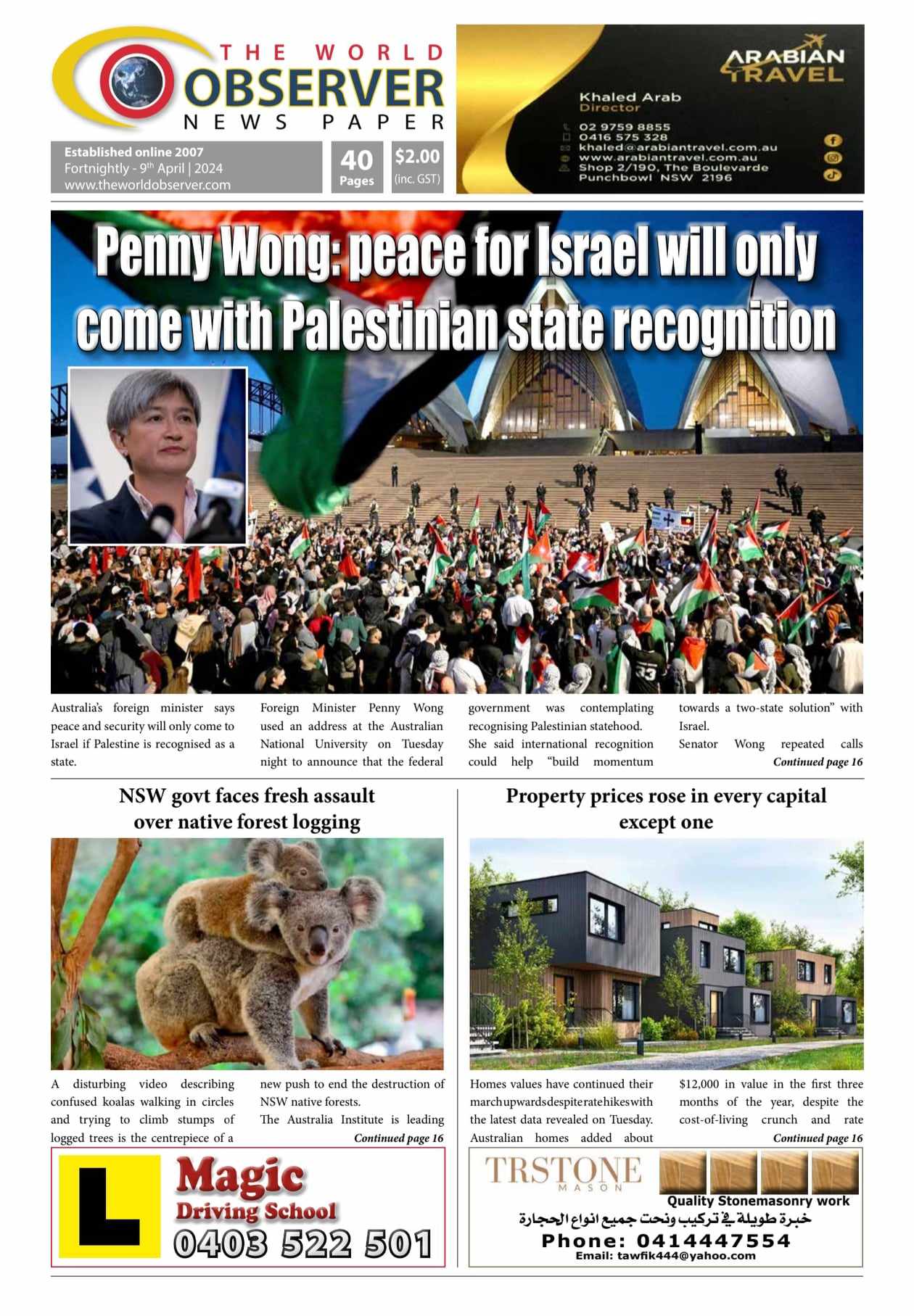
More first home buyers in NSW will have their stamp duty costs waived under a Labor proposal.
The scheme is an expansion of an existing government program that offers full or partial rebates on new or existing properties for first home buyers.
Opposition Leader Chris Minns said he wanted more singles, couples and families realising their dream of home ownership.
“I understand the stress of trying to purchase your first home,” he said.
The existing government program waives stamp duty on new homes valued up to $800,000 and existing homes of up to $650,000.
Labor wants to raise the value cap so any property purchased – new or existing – worth up to $800,000 will have stamp duty waived.
Stamp duty will be partly waived on homes worth up to $1 million – up from the current limit of $800,000.
Parliamentary Budget Office modelling estimates more than 46,000 people – or 95 per cent of all first home buyers – would be able to access full or partial waivers under the expanded scheme.
The policy would cost $733 million over the first four years.
An estimated 30,000 to 46,000 people get relief under the existing program.
Home ownership has become an election issue ahead of NSW heading to the polls in March.
Premier Dominic Perrottet has been chasing ambitious reform to make first homes more affordable.
In 2020, as treasurer, he proposed to completely phase out stamp duty and replace it with an annual land tax.
Under laws passed in November, first home buyers purchasing a property for up to $1.5 million can choose to pay stamp duty or an annual land tax to help save immediate costs on purchases.
The tax due on land worth $500,000 would be $3000 per year.
Labor calls it a “land tax on the family home” and has pledged to repeal it if it is elected in March.
Economists, including former Treasury chief Ken Henry, view stamp duty as a highly inefficient tax on land that discourages people from moving as their personal circumstances change.
Meanwhile, critics of first home buyer schemes say they will lead to higher property prices, further inflating the market which young, aspiring homeowners are costed out of.






































 The World Observer Media produces a daily online newspaper, a daily Arabic online newspaper and a monthly printed Arabic/English magazine and a weekly printed Arabic/English newspaper.
The World Observer Media’s mission is to entertain and educate all generation from the Ethnic Communities in Australia, who are interested in local, national and foreign information.
The World Observer Media produces a daily online newspaper, a daily Arabic online newspaper and a monthly printed Arabic/English magazine and a weekly printed Arabic/English newspaper.
The World Observer Media’s mission is to entertain and educate all generation from the Ethnic Communities in Australia, who are interested in local, national and foreign information. 


